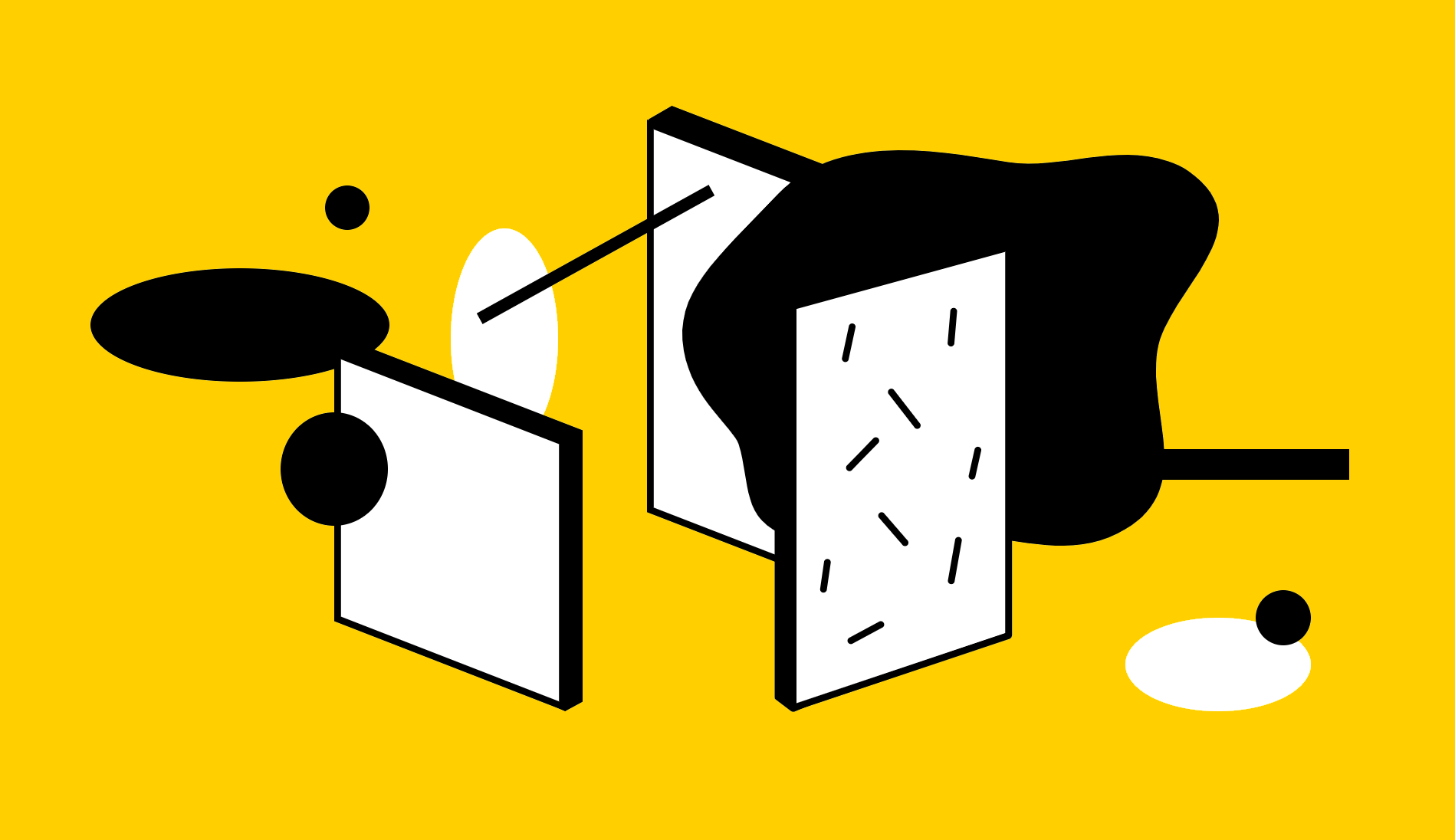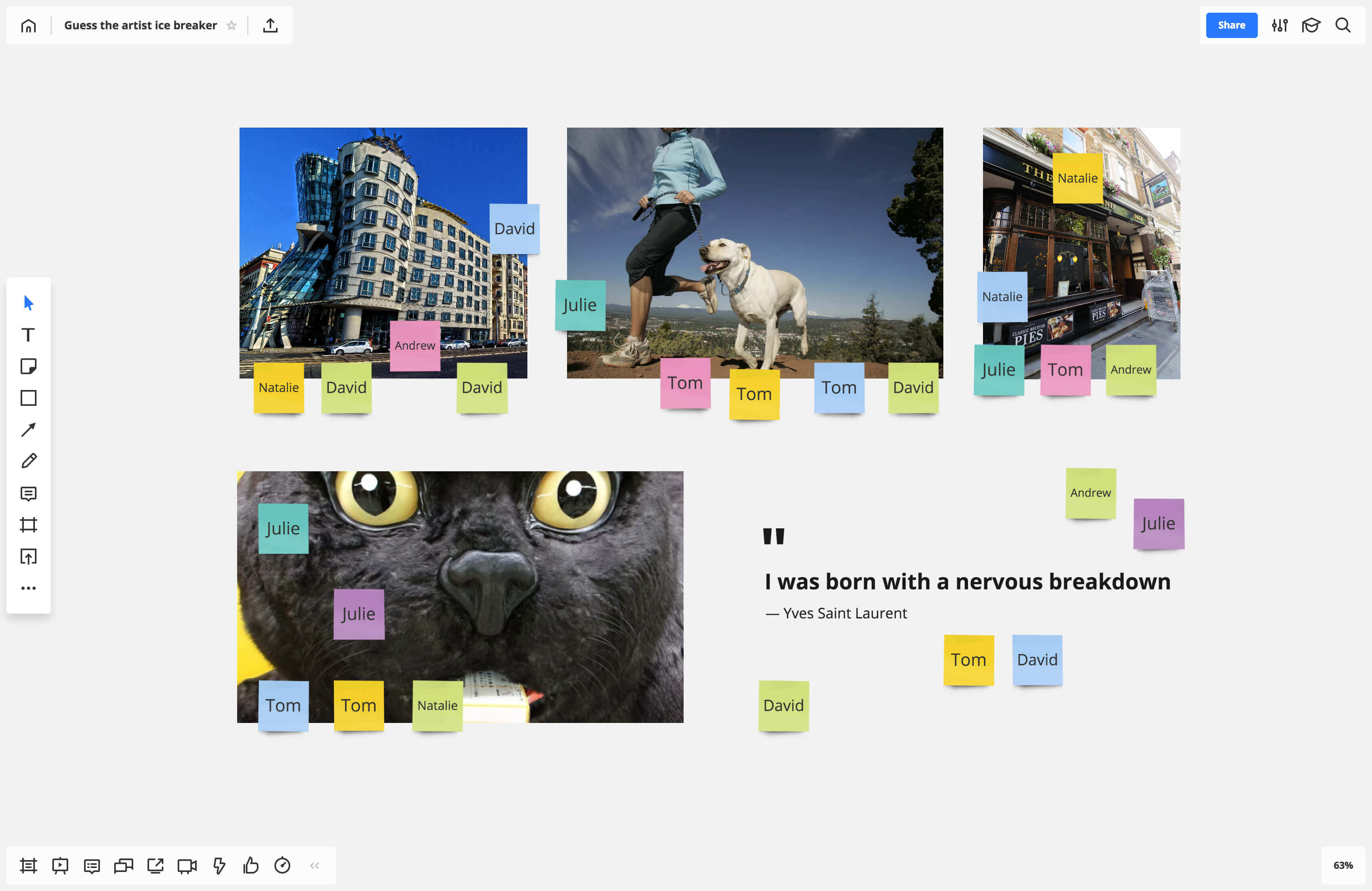Feedback is a generous gift, and a necessary one when you’re on a distributed team. When used correctly, feedback benefits the giver, empowers the receiver, and improves morale and engagement within the team and organization as a whole. The good news is that, like any skill, it can be learned and honed over time! With 65% of workers wanting more feedback but not knowing how to give it productively, we see that the value of a meaningful feedback culture is understood, but the method of getting there less so.
Hailing from the design world, Iris has written articles and facilitated workshops at several conferences on design thinking, business design, culture design, and the creative ideation process. She is passionate about helping people collaborate in our remote world.
Why is feedback particularly important in remote relationships? Soon, one out of two people will be working remotely, and this is quickly becoming a reality for many of us. The fact that colleagues are isolated from one another, often communicating through chat, email, or video conferencing means there is higher potential to misinterpret intentions, avoid confrontation, or feel unheard and unappreciated. We’ve all received that text that we’ve taken the wrong way. With negative feedback cultures leading to high turnover and lower job performance for companies around the world, it’s imperative that distributed teams in particular become more comfortable with feedback.
If we know good feedback must start with honest feedback, why don’t we see this more often? Because it’s hard to say hard things. Author Kim Scott gives us permission to use Radical Candor: a method of giving honest, meaningful feedback in the workplace.
Scott describes two fundamental axes in the matrix of Radical Candor: Caring Personally and Challenging Directly. It is with the combination of these two qualities that leaders can help their teams become honest, empowered, and efficient in both giving and receiving feedback. One without the other allows us to slide into behaviors that are not conducive to open, productive work environments: Manipulative Insecurity, Obnoxious Aggression, and the space that many of us reside in: Ruinous Empathy.

You can think of Ruinous Empathy as “caring too much.” It’s the fear of hurting someone’s feelings, so you avoid confrontation in the name of preserving peace. Unfortunately, you also end up avoiding progress when you take this path. I’m sure many of you have experienced this situation: a work environment where shoutouts and emojis are shared freely in Slack, but direct, candid feedback is avoided. People don’t know how to give constructive criticism, and even when they do, it’s taken personally.
The failure to collaborate constructively leads to a culture of inaction, complacency, and isolation. Nothing could be more detrimental to the relationship between remote workers.
How can you tackle a shoutout feedback culture? While our feedback culture at Miro is still a work in progress, we flex this muscle often to improve communication between our five hubs spread across three continents. Colleagues that collaborate regularly are twelve hours apart, literally on the other side of the world! Here are some activities that make up the Miro feedback culture. Hopefully, you can incorporate these as part of your feedback rituals as well.
- Create a space where everyone feels empowered to share their opinion. Miro itself provides a space where everyone has a voice and can feel safe practicing honesty. Miro democratizes the feedback experience, with the loudest person no longer dominating the conversation. Using templates like our retrospective, for example, provides structure and guides the process. It reminds us that time should be set aside for sharing feedback, receiving it, and addressing it as a team. Using the timer functionality has helped our Customer Success team allot the appropriate amount of time to each part of the process. The voting plugin has given us the opportunity to anonymously share our opinion and come to agreements in a very democratic fashion. These processes then become standardized and set the expectation for future retrospective sessions. Even if not all insights have been shared during the retro, Miro’s commenting tool allows us to give ongoing feedback and respond to it asynchronously. I look forward to our retrospectives and feel like my voice counts, whether I am in an introverted or extroverted mindset during the engagement.
- Ensure that there is time for one-on-ones, and leave your camera on! This falls into the realm of feedback and remote etiquette, putting yourself in your coworkers’ shoes and using empathy when collaborating remotely. Set aside recurring one-on-ones with colleagues that you collaborate with frequently. They can be brief and you can decide on the frequency that makes sense for you, as long as they are recurring, and include the face-to-face interaction with videoconferencing tools whenever possible. At Miro, weekly, bi-weekly, or monthly one-on-ones are a way of life. We meet in our Zoom Rooms, face our cameras, and hold eye contact with our peers. When we get comfortable with asking questions and asking for help, asking for feedback organically weaves its way into the conversation. The importance of face-to-face interactions is not lost on me – these are human moments where we feel the most comfortable sharing our personal thoughts with others. Set time aside for one-on-one meetings, and make these meetings as human as possible. This then becomes the perfect moment to ask for feedback, and it is also where, with the help of a trusted witness, you can hold yourself accountable for incorporating it into your workflow.

- Don’t forget the power of play. Icebreakers and games are the perfect way to get loosened up and give ourselves permission to be honest and open with another. When we agree to be playful together, we agree that success and failure are all a part of the experience. Remember, too, that giving and receiving feedback is just that: an agreement. When we receive criticism, we agree not to take things personally, not to jump into immediate solution mode, and to let the giver feel heard. When we give feedback, we must first ask for permission so that the other is prepared to receive it. With icebreakers and games, we get comfortable failing in front of each other, laughing together, and showing our creative sides. We can even transform the way we think about failure as a concept. We can begin to embrace Robert Allen’s statement: “There is no failure. Only feedback.” Once we agree that we are on the same team, that we have common goals and intentions, and that we are comfortable not taking things personally, the feedback can flow freely in all directions. Check out this Miro post for ideas on games that can be played remotely, try this out with your team, and be intentional about setting the tone.

Learn more about team building activities and games

Always remember that feedback is a gift. Too often we shy away from being open with one another and sharing this gift, isolating ourselves and lacking trust in our ability to tackle issues head-on with the support of our peers. As Kim Scott points out, “we’re conditioned from an early age to avoid hurting people’s feelings. [I]t’s a short-lived protection. You need to rise above your empathy and realize that it’s your own feelings you are protecting, not theirs.” Ruinous empathy stalls our communal growth, while candid feedback is designed to help us cross the finish line together.



